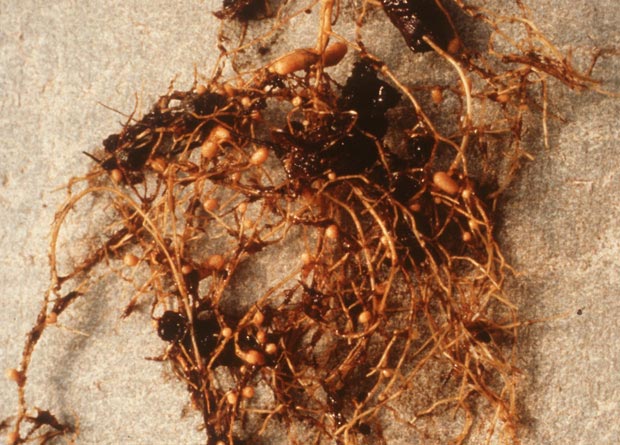Nitrogen: N for nourishing
Some trees don't stop at mycorrhizal symbiosis. Their roots form swellings, called nodules, from a few millimetres to several centimetres long. These nodules are colonized by bacteria that fix nitrogen from the atmosphere in an organic form that can be absorbed by the tree. This direct access to nutrients means that the tree doesn’t have to go looking for organic nitrogen in the soil. In exchange, just as it does with mycorrhizae, the tree provides the symbiotic bacteria with sugars.
Trees like this are especially popular in agroforestry (Landscape mixing agricultural and forest crops.) and sylviculture (Discipline for the exploitation of forest trees. ), because they are living fertilizer. Most of the nitrogen they use comes directly from the air. The organic nitrogen they return to the soil, when they lose their leaves for example, is then available to other plants.





